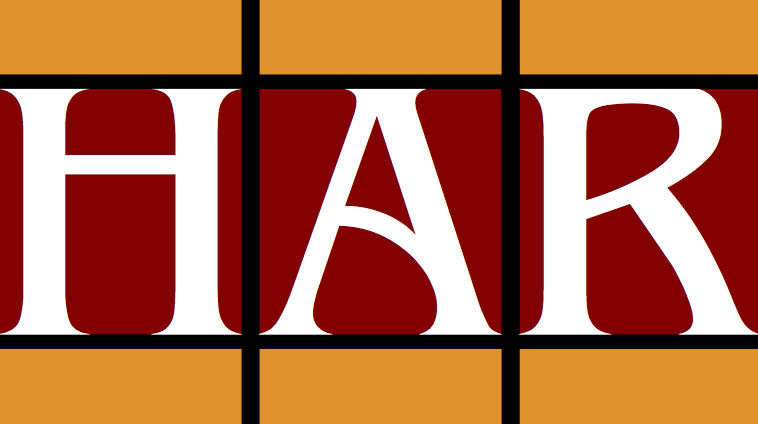Is buddha-nature considered definitive or provisional?
Do all beings have buddha-nature?
Qualified Yes
"Rangjung Dorjé says in accordance with RGV I.27-28 that only the dharmakāya of all buddhas truly abides in sentient beings. The form kāyas are then explained as the outflow of the Dharma teachings on the level of the fruit, which corresponds to the pertinent passages in the first and third chapters of the Ratnagotravibhāga."
Mathes, K., A Direct Path to the Buddha Within, p. 72.
To which "turning of the wheel" do the buddha-nature teachings belong?
Third Turning
"Furthermore, the Third Karmapa composed a summary of the Uttaratantra in accordance with the meditative tradition, which establishes the Uttaratantra as a definitive text included in the last wheel of the Buddha's teachings." Wangchuk, Tsering. Uttaratantra in the Land of Snows, pp. 30-31.
Is buddha-nature equated with emptiness or alayavijnana?
Yogācāra
- "To sum up, in his explanation of buddha nature, Rangjung Dorjé combines three different strands of interpretations:
1. The mahāmudrā interpretation stemming from Saraha.
2.The interpretation according to Asaṅga's Mahāyānasaṁgraha.
3.The dzogchen interpretation.
In other words, for Rangjung Dorjé, well-founded mahāmudrā and dzogchen explanations need be combined with Asaṅgas Yogācāra distinction." Mathes, K., A Direct Path to the Buddha Within, p. 65.
Do buddha-nature teachings belong to the zhentong or rangtong view of emptiness?
Zhentong
- He never actually uses this term, so this is a later attribution imputed on to his exegesis of the RGV and other works by his commentators such as Karma Trinlepa and eventually Kongtrul, which is labeled the Zhentong Tradition of the Karma Kagyu, which differs considerably from Dölpopa's tradition. See Mathes, K., A Direct Path to the Buddha Within, pp. 54-57.
- For more on the difference between the Third Karmapa and Dölpopa see Mathes, K., A Direct Path to the Buddha Within, p. 69-70.
- See also Brunnhölzl, K., Luminous Heart, pp. 95-109.
Are there one or three vehicles on the path to buddhahood?
Do the author's writings belong to the analytic or meditative tradition of Uttaratantra exegesis?
Meditative Tradition
"Furthermore, the Third Karmapa composed a summary of the Uttaratantra in accordance with the meditative tradition, which establishes the Uttaratantra as a definitive text included in the last wheel of the Buddha's teachings." Wangchuk, Tsering. Uttaratantra in the Land of Snows, pp. 30-31.
What is Buddha-nature?
Tathāgatagarbha as Mind's Luminous Nature
- "The tathāgata heart is mind’s luminous ultimate nature or nondual wisdom, which is the basis of everything in saṃsāra and nirvāṇa. Its essence is empty, its nature is lucid, and its display is unimpeded (this is also how the nature of the mind is presented in the Mahāmudrā tradition, and the Karmapa’s commentary on the Dharmadhātustava indeed equates the tathāgata heart with Mahāmudrā)." Brunnhölzl, K., When the Clouds Part, p. 72.
- Another take on this is found in Mathes, K., A Direct Path to the Buddha Within, pp. 51-54, in which he seems to suggest that his views are more inclined to view it as the dharmadhātu, which is equivalent to dharmakāya.
- "This becomes clear from an answer to a rhetorical question in the autocommentary of the Zab mo nang gi don:
Question: How are the properties of purification produced?
They are supported by buddha nature, [in as much as] it is the dharmakāya of the above-mentioned purity of mind." Mathes, K., A Direct Path to the Buddha Within, p. 58.
Does the author advocate the Svatantrika or Prasangika view of emptiness?







